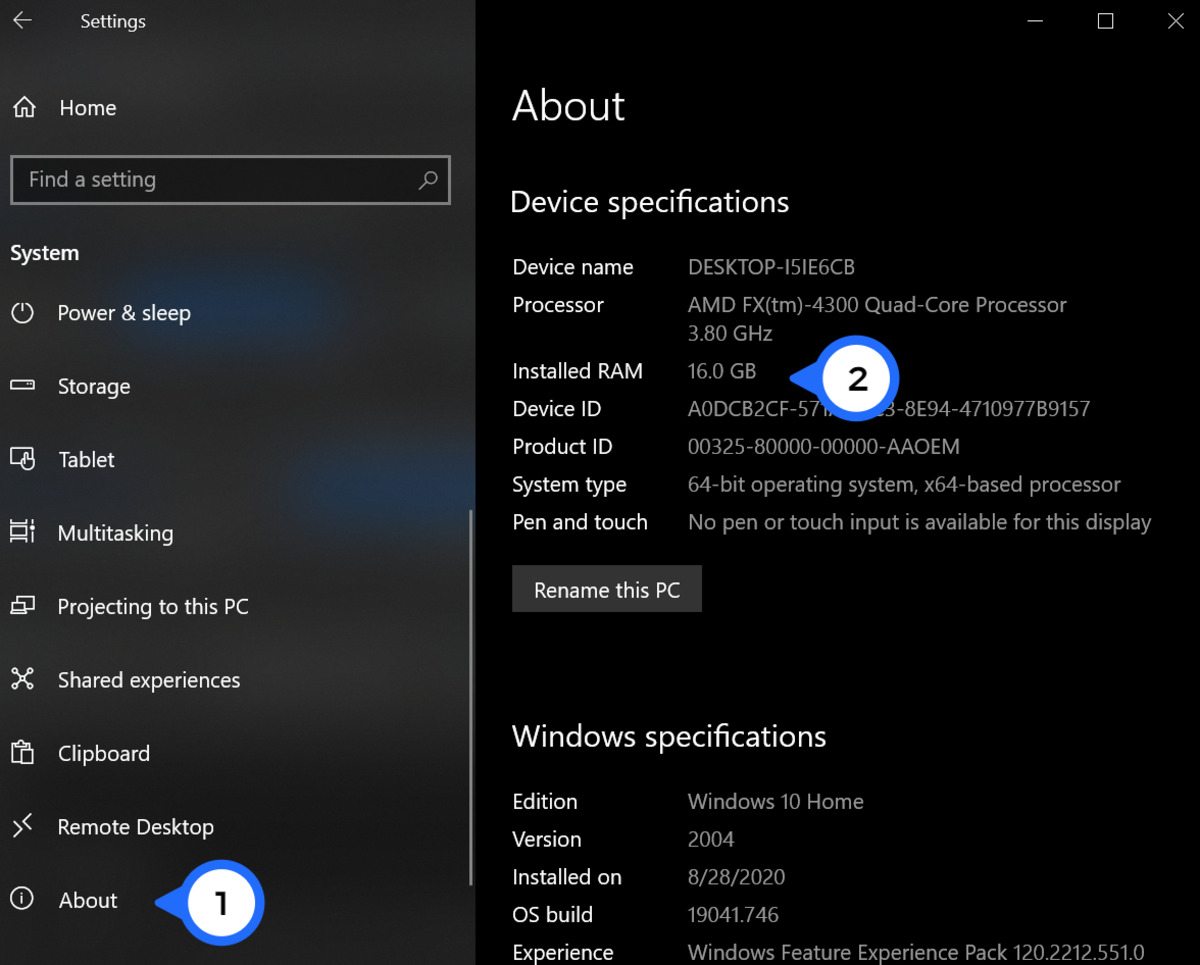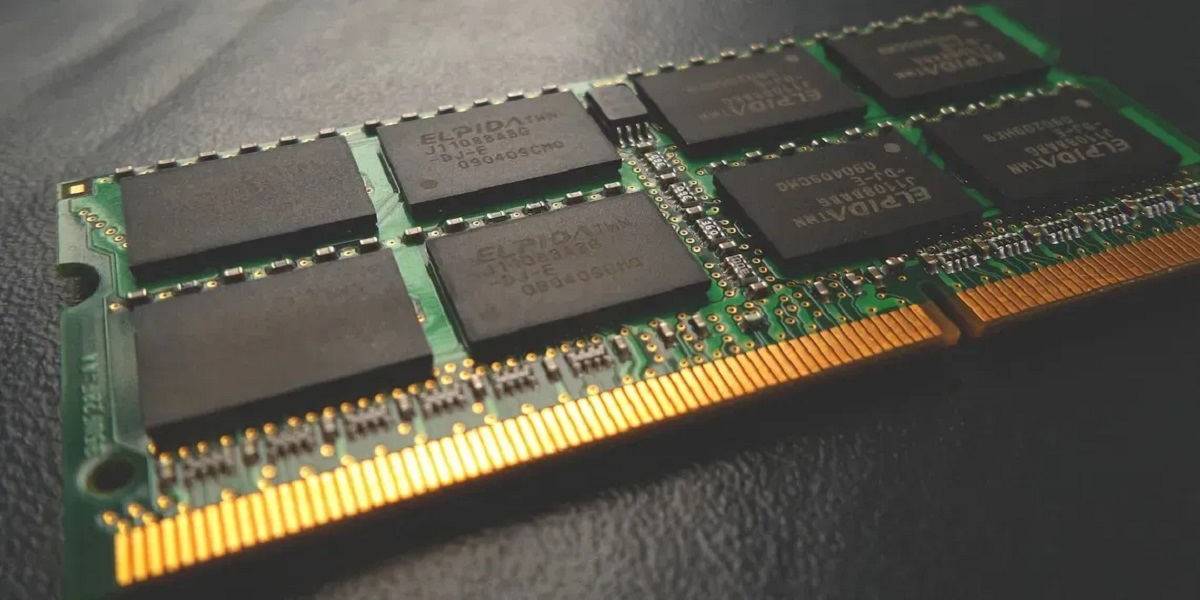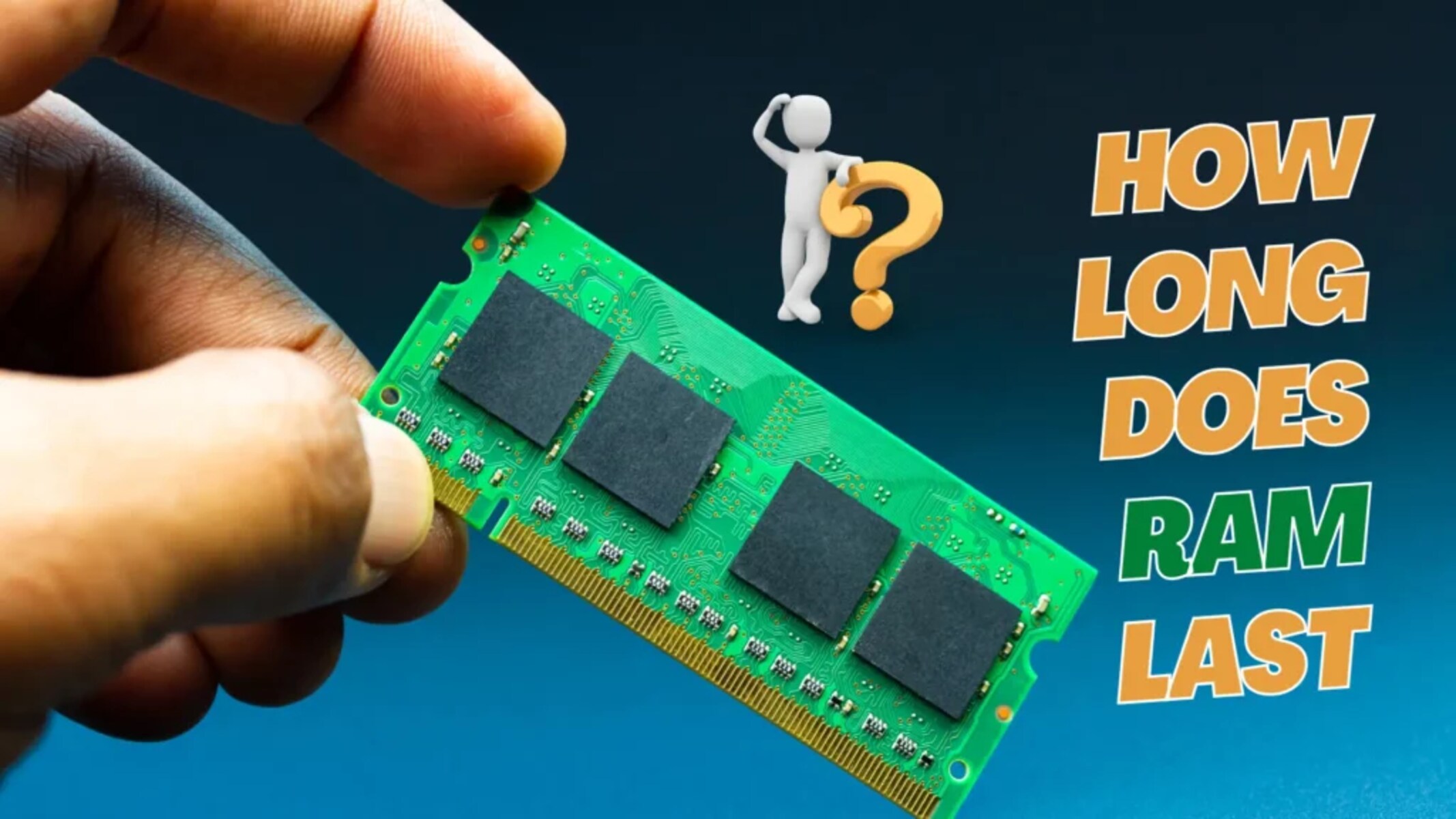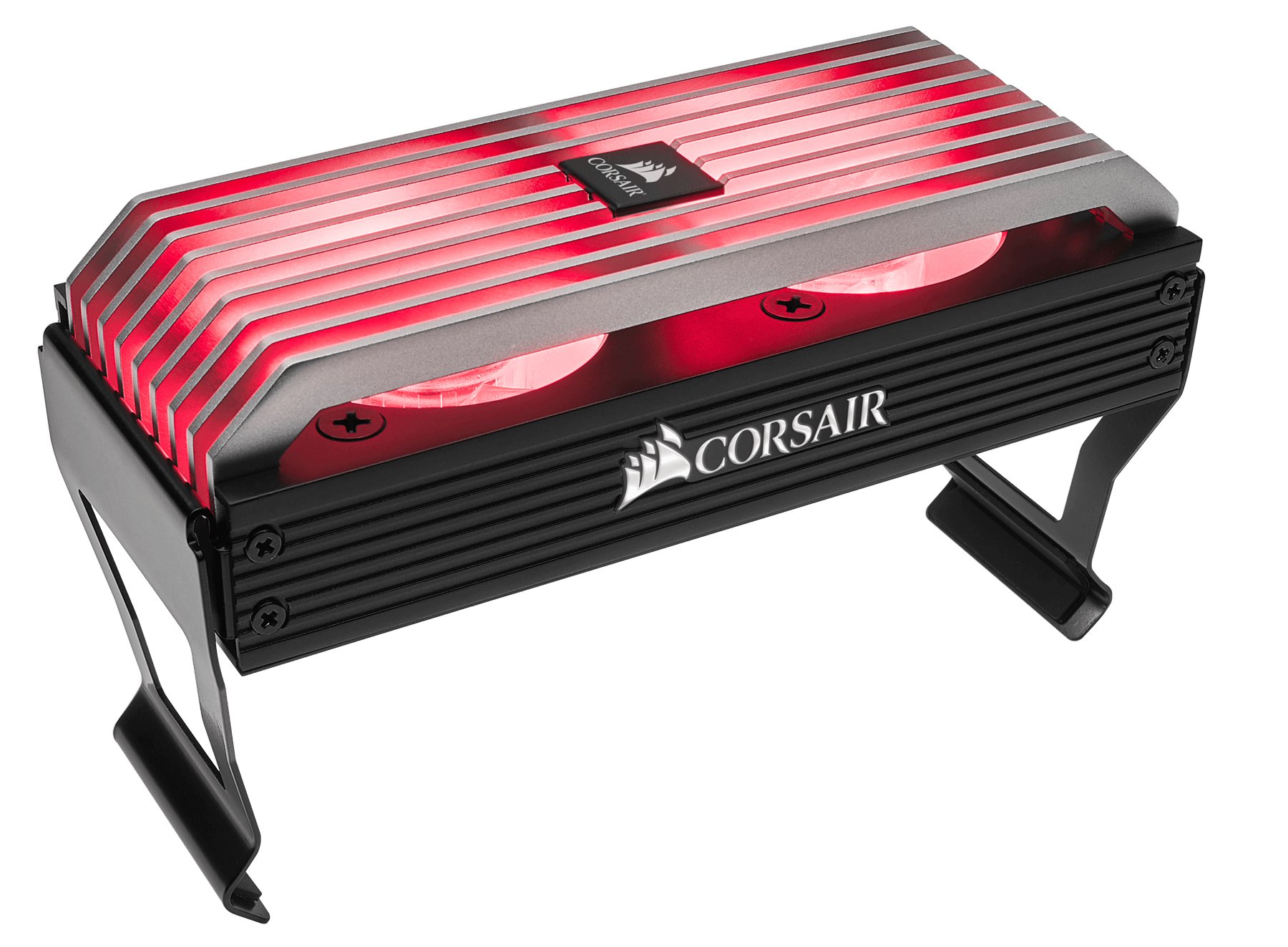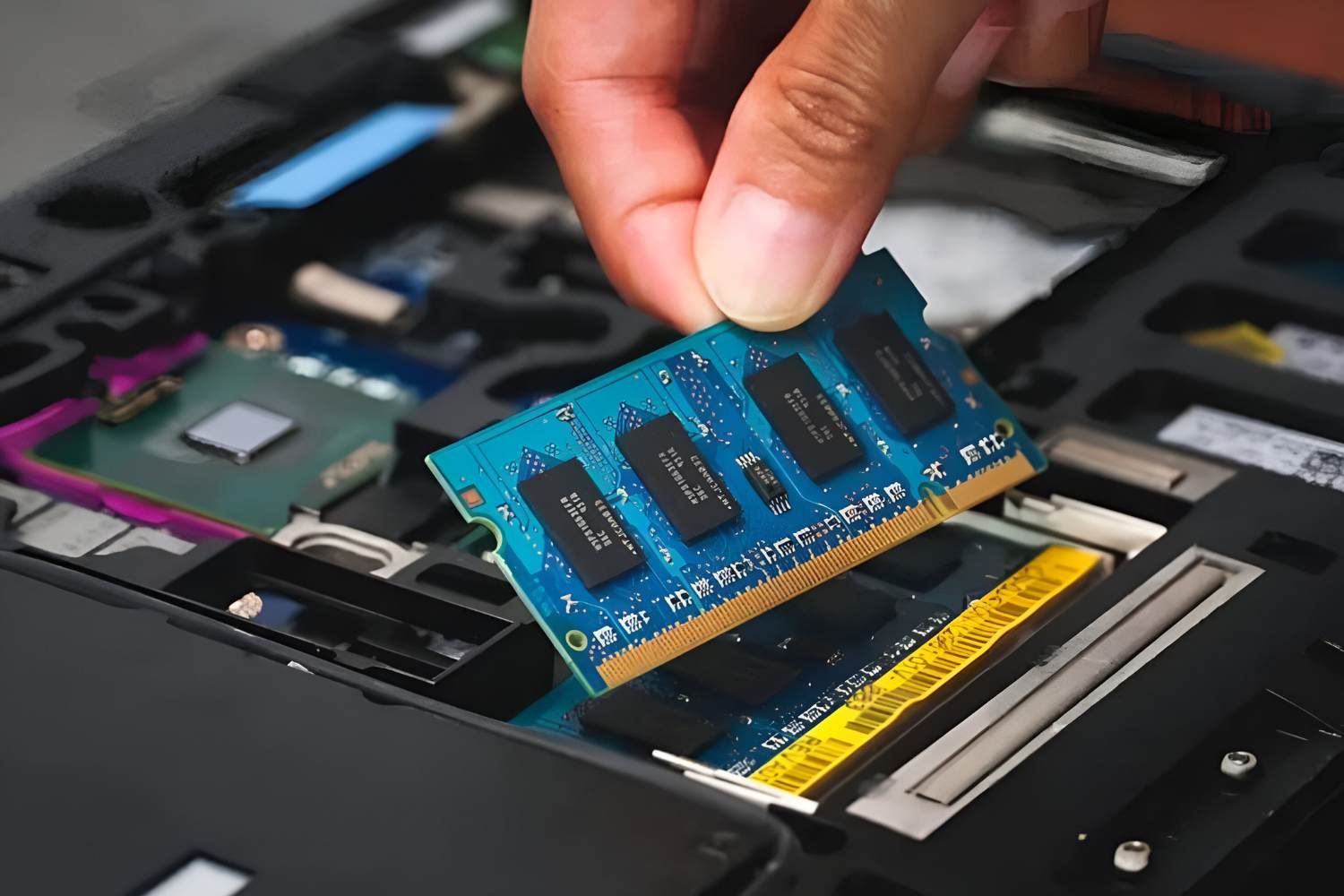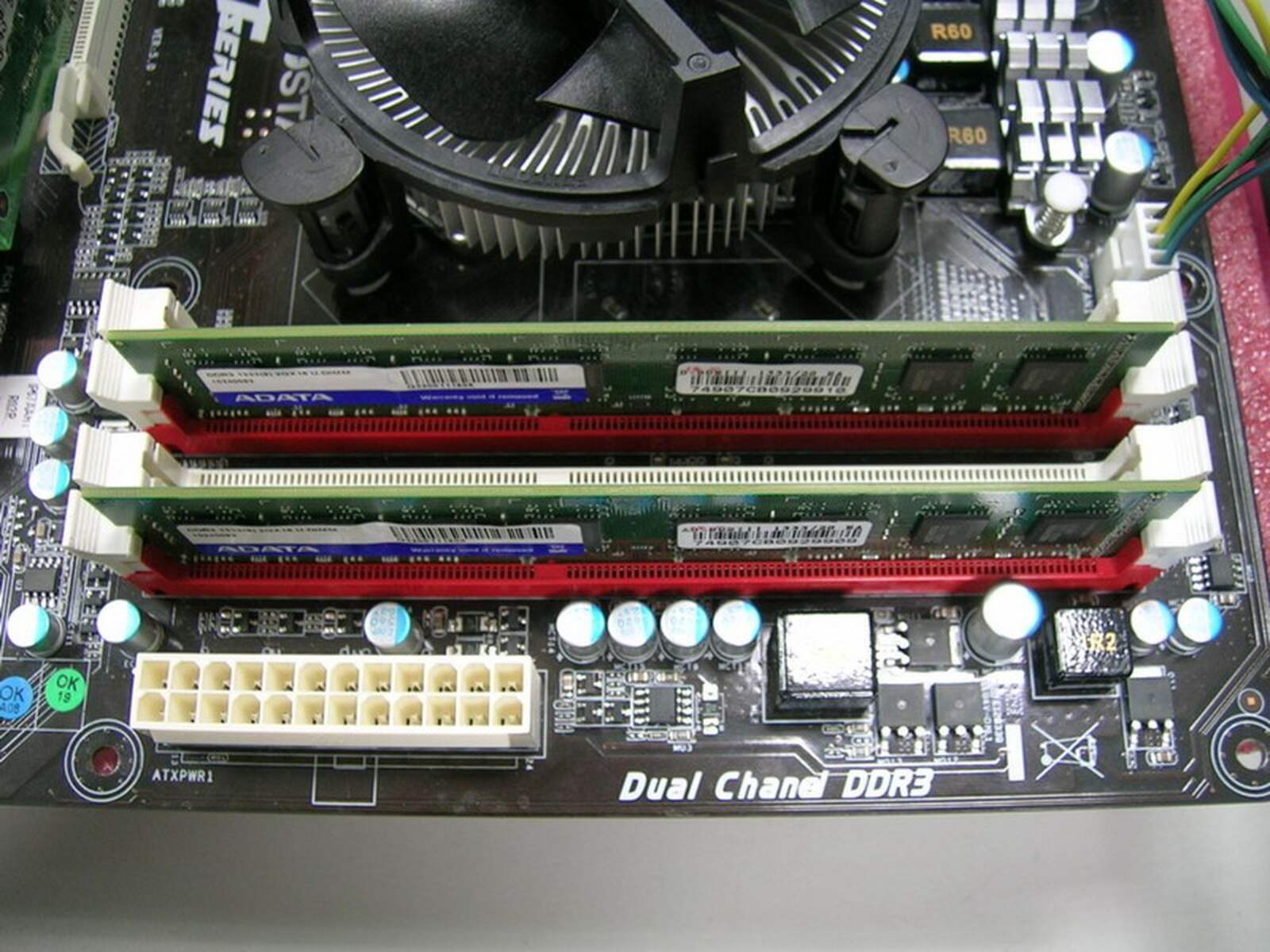Introduction
Understanding what Random Access Memory (RAM) you have in your computer is essential for several reasons. RAM plays a crucial role in the performance and speed of your computer, as it acts as temporary storage for data that your computer needs to access quickly. By knowing the type, capacity, speed, and slots of your RAM, you can make informed decisions about upgrading or troubleshooting your system.
In this guide, we will explore various methods to determine the details of your computer’s RAM. We will cover how to check the type of RAM installed, the capacity of RAM, the speed at which it operates, and the number of RAM slots available. Armed with this knowledge, you can better understand your computer’s capabilities and compatibility with software requirements or future upgrades.
Whether you’re a tech enthusiast looking to upgrade your RAM for better performance, a gamer wanting to ensure optimal gaming experience, or simply curious to know more about your computer’s hardware, this guide is for you. So, let’s dive in and learn how to identify the RAM in your computer and unlock the potential of your system.
Checking Your RAM Type
Determining the type of RAM installed in your computer is important to ensure compatibility when upgrading or replacing memory modules. There are several methods to identify the RAM type:
- Check the system information: On Windows, you can access the system information by pressing the Windows key and typing “System Information.” In the summary section, you will find details about the installed RAM, including the type. For Mac users, click on the Apple menu, select “About This Mac,” and navigate to the “Memory” tab to find the RAM type.
- Open the computer case: If you’re comfortable working with hardware, you can open the computer case and physically inspect the RAM modules. The RAM sticks will have labels indicating the type, such as DDR3, DDR4, or LPDDR4. Take note of the information and close the case securely.
- Use system monitoring software: There are various system monitoring tools available that provide detailed information about your computer’s hardware components. Programs like CPU-Z, HWiNFO, or Speccy can give you accurate information about your RAM type along with other system specifications.
Knowing the type of RAM will help you determine its compatibility when upgrading or replacing modules. Different RAM types have varying pin configurations and operating voltages, so it’s crucial to ensure you choose the correct type for your computer’s motherboard.
Now that you know how to identify the RAM type, let’s move on to the next step: checking your RAM capacity.
Checking Your RAM Capacity
Understanding the capacity of your computer’s RAM is essential for ensuring smooth multitasking, running intensive applications, and overall system performance. Here are a few methods to check the RAM capacity:
- System Information: On Windows, you can access the system information by pressing the Windows key and typing “System Information.” In the summary section, you will find details about the installed RAM, including the capacity. For Mac users, click on the Apple menu, select “About This Mac,” and navigate to the “Memory” tab to find the RAM capacity.
- Task Manager: On Windows, you can use the Task Manager to check the RAM capacity. Right-click on the taskbar and select “Task Manager.” Click on the “Performance” tab and choose the “Memory” section. Here, you will see the total amount of RAM installed in your system.
- Physical inspection: If you prefer a hands-on approach, you can open the computer case and check the labels on the RAM sticks. The capacity is often specified on the module itself. Ensure that the computer is turned off and unplugged before opening the case.
Knowing the RAM capacity is crucial when deciding whether to upgrade your computer’s memory. If you find that your system’s performance is sluggish or you often run out of memory while using resource-intensive applications, it may be worth considering a RAM upgrade to improve your computer’s overall responsiveness.
Now that you know how to determine the RAM capacity of your computer, it’s time to move on to the next step: checking your RAM speed.
Checking Your RAM Speed
The speed at which your RAM operates can have a significant impact on your computer’s overall performance. Checking the RAM speed is crucial when upgrading or troubleshooting your system. Here’s how you can determine the RAM speed:
- System Information: On both Windows and Mac, you can refer to the system information to find the RAM speed. On Windows, press the Windows key and type “System Information.” In the summary section, you will find details about the installed RAM, including the speed. On Mac, click on the Apple menu, select “About This Mac,” and navigate to the “Memory” tab to find the RAM speed.
- Task Manager on Windows: Open the Task Manager on Windows by right-clicking on the taskbar and selecting “Task Manager.” Click on the “Performance” tab and choose the “Memory” section. Here, you will see the speed of the installed RAM.
- Third-party software: There are various third-party software tools that can provide detailed information about your computer’s hardware. Programs like CPU-Z, HWiNFO, or Speccy can give you accurate information about your RAM speed along with other system specifications.
Knowing the RAM speed is important when optimizing your system or troubleshooting performance issues. Upgrading to faster RAM can result in smoother multitasking, reduced loading times, and improved overall responsiveness.
Now that you know how to check the RAM speed, let’s move on to the final step: checking your RAM slots.
Checking Your RAM Slots
Knowing the number of available RAM slots in your computer is essential when considering a RAM upgrade or troubleshooting memory-related issues. Here’s how you can check the number of RAM slots:
- Physical inspection: First, make sure your computer is powered off and unplugged. Open the computer case and locate the RAM slots on the motherboard. RAM slots are typically long and narrow, often with plastic clips on either side. Count the number of empty slots available for additional RAM modules.
- System information: On Windows, you can access the system information by pressing the Windows key and typing “System Information.” In the summary section, you will find details about the number of RAM slots in your computer. For Mac users, click on the Apple menu, select “About This Mac,” and navigate to the “Memory” tab to find the number of RAM slots.
- Manufacturer’s documentation: Consult the documentation or user manual provided by your computer’s manufacturer. Most manuals will include detailed information about the number of RAM slots and their specifications.
Knowing the number of RAM slots will help you determine the maximum amount of memory your system can support. It will also guide you in upgrading the RAM or troubleshooting issues related to incompatible modules or faulty slots.
Now that you know how to check the number of RAM slots, you have a comprehensive understanding of your computer’s RAM specifications. This knowledge empowers you to make informed decisions regarding RAM upgrades and optimize your system’s performance.
Conclusion
Knowing the details about your computer’s RAM is essential for optimizing performance, troubleshooting issues, and planning upgrades. In this guide, we covered the steps to check the RAM type, capacity, speed, and number of slots in your computer.
By identifying the RAM type, you ensure compatibility when upgrading or replacing memory modules. Understanding the capacity of your RAM helps you determine if an upgrade is necessary to meet your system’s requirements. Checking the RAM speed is crucial for optimizing performance, and knowing the number of RAM slots guides you in planning future upgrades.
To check the RAM type, you can use system information tools, inspect the physical RAM modules, or utilize system monitoring software. The RAM capacity can be determined through system information, Task Manager, or by physically inspecting the RAM modules. Checking the RAM speed can be achieved through system information, Task Manager, or third-party software. And finally, identifying the number of RAM slots can be done through physical inspection, system information, or manufacturer’s documentation.
Having this information empowers you to make informed decisions about upgrading your computer’s RAM or troubleshooting any memory-related issues. Whether you’re a casual user, a power user, or a tech enthusiast, understanding your computer’s RAM specifications is crucial for maximizing its potential.
So, take the time to explore your computer’s RAM details using the methods mentioned in this guide. By doing so, you can ensure optimal performance, smoother multitasking, and an overall better computing experience.







